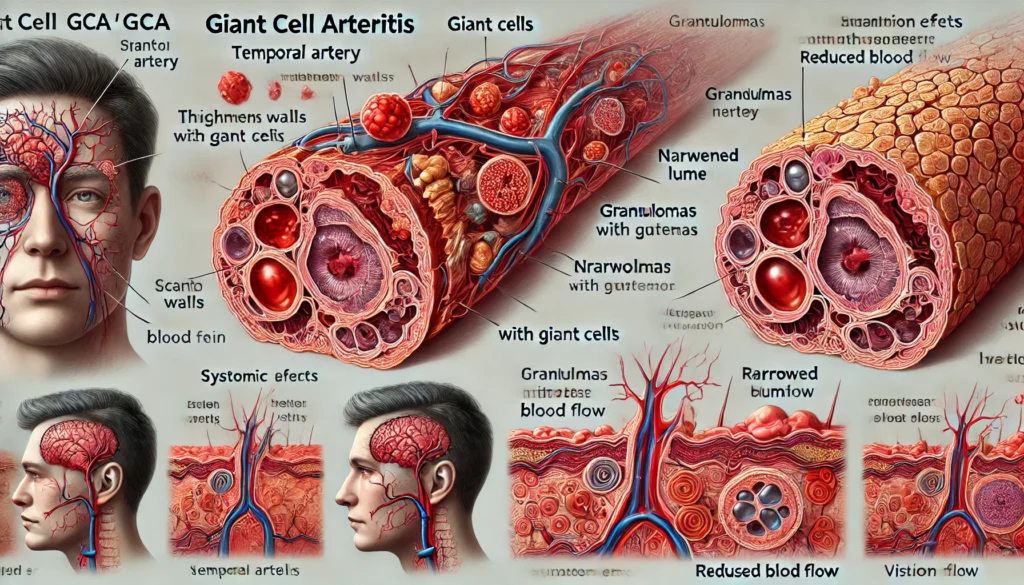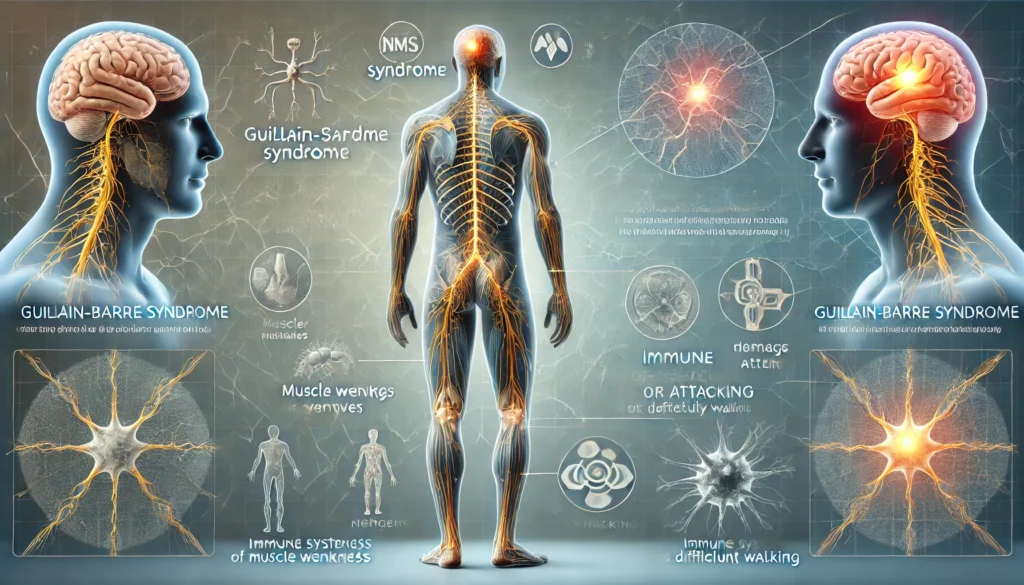Dermatitis herpetiformis: Description, Causes, and Treatment Protocol
Description Dermatitis herpetiformis (DH), commonly known as Duhring’s disease, constitutes a chronic inflammatory skin illness that is named for the appearance of very irritating papules and vesicles that frequently develop in clusters or herpetiform patterns. Although they can occur in other parts of the body, these lesions often affect the scalp, buttocks, lower back, elbows, […]
Dermatitis herpetiformis: Description, Causes, and Treatment Protocol Read More »










